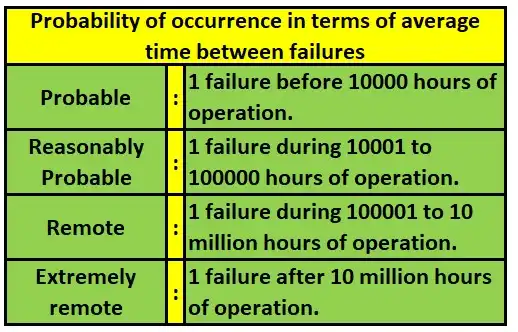Failure Mode and Effect Analysis (FMEA).
FMEA procedure considers each component of a plant in turn and all possible failure modes and rates and their consequences.
Also to Keeping records in a standard format.
HAZOP study is a well developed form of Failure Mode and Effect Analysis.
- It is a process of hazard identification where all known failure modes of components or features of a system are under consideration in turn and taking a note of unfavorable outcomes.
- It is a tabulation of system/plant equipment failure modes.
- Each failure mode assigns critical ranking.
- Although examination of Human error/operational error is not generally in FMEA.
- This is the method derives from reliability engineering.
- Division of A product or a piece of complex equipment in its components and study of each component to know how it can fail, at what rate and what can be the effect on it or on the other components.
- Determination of Failure rates of each item and list it out.
- The method is to determine satisfactory operational life of an equipment, how failures might occur, modes and frequencies of failure and the necessity for proper and timely maintenance and replacements.
- This knowledge requires to improve the life and quality of the product.
- Thus it is primarily more useful to a manufacturer than its user.
- FMEA has its own limitations. Data of failure rates and calculations for failure frequency must be correct.
- The method cannot analyze the problems created by bad design, adverse environment and operators’ errors.
- FMEA consists of imaginatively constructing every conceivable situation that could arise with the component, including its designed failure point (life expectancy) and its effect on related components.
- Considerable imagination with much experience is require to foresee how a component of the system can cause an unwanted occurrence.

In above table, compensating provision identifies what should do to avoid the consequence of the probable failure.
Probability of occurrence is the average elapsed operating time before a failure of the assumed type will occur.

- Still Failure frequency data is difficult to obtain.
- It obtains from two types of testing of component i.e. performance test or reliability test.
- Failure classification distinguishes between the possible effects of the assumed failure.
- A four-part classification is safe, marginal, critical and catastrophic indicating increasing severity.